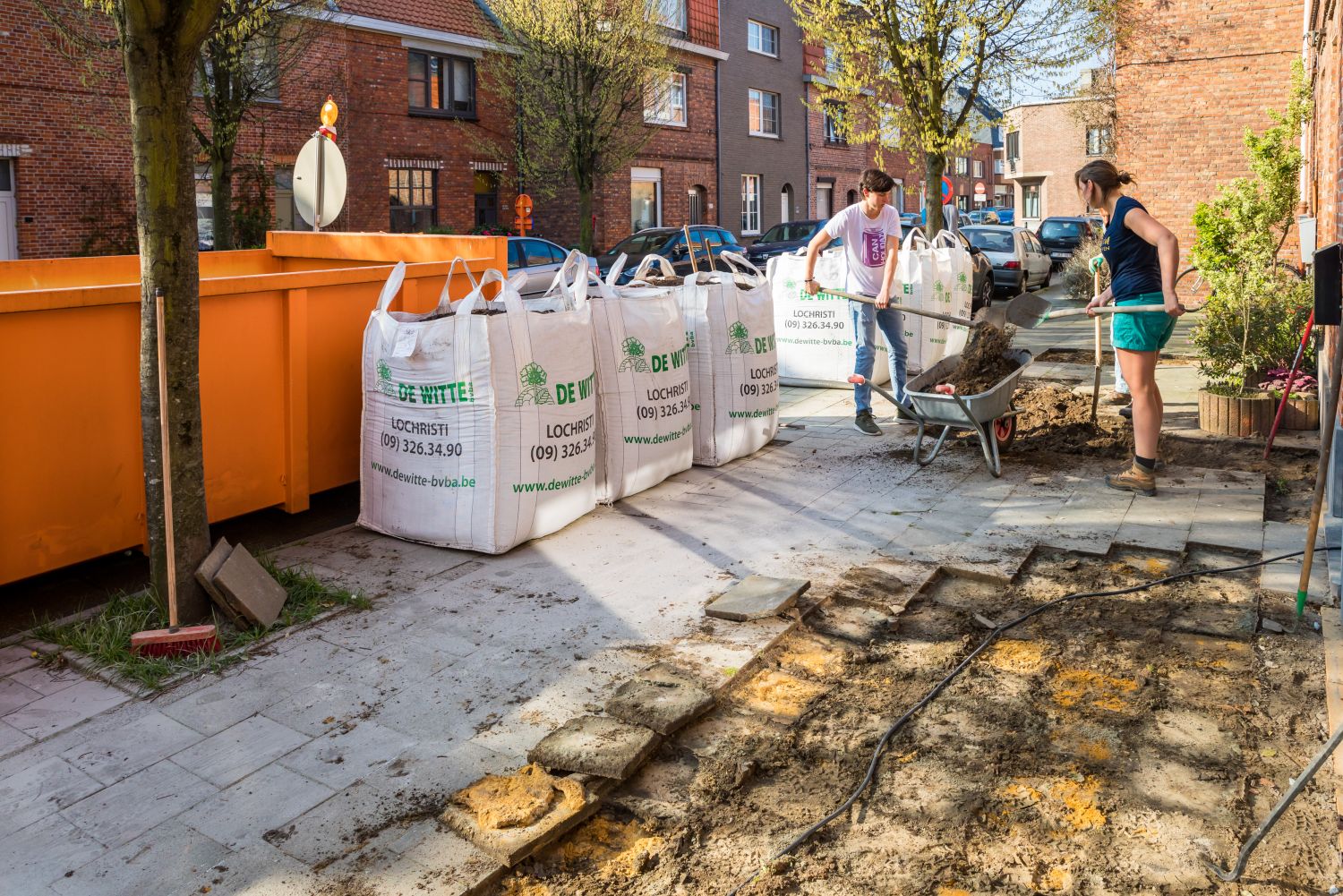The inspiration behind this conference is the Flemish Local Energy and Climate Pact (LECP). The LECP translates abstract and long-term goals into tangible targets that everyone can relate and contribute to. This contract consists of mutual tangible engagements on adaptation and mitigation, monitoring schemes, capacity tools and financial support. We want to share our experience and learn from similar initiatives elsewhere in Europe so everyone can extrapolate these no-regret measures to fit their local context. The conference will highlight inspirational initiatives, policies and methods from across Europe.
The Flemish Local Energy and Climate Pact translates the Green Deal into tangible targets that are easy to understand. This additional and visual layer maximizes the mobilization effect. Any local government in Europe, regardless of its size, can easily extrapolate these no-regret measures to fit its local context.
The inspiration behind the conference is the Flemish Local Energy and Climate Pact (LECP). In Flanders almost all local municipalities (294) have signed this climate pact that builds further on the framework of the Covenant of Mayors. The LECP adds an additional, visual and tangible layer to reach its mobilization effect.
The greenhouse gas reduction target is translated into no less than 20 targets such as: 50 collective renovations per 1.000 households, 1 participatory renewable energy project per 500 inhabitants, 1 shared electric vehicle per 500 inhabitants, an additional meter bicycle lane for each inhabitant, a (semi-)public charging point for every 100 inhabitants, etc.
The adaptation challenge is translated into 1 additional tree for each inhabitant, 0,5 meter hedge of façade greening per inhabitant, 1 m³ rainwater infiltration per inhabitant and 1 m² hard surface removed per inhabitant.
Preventing energy poverty is translated into focusing collective renovations in the most socially diverse neighborhoods and increasing energy shared towards households that are hindered from investing in solar panels themselves (because of financial means, renting or insufficient roof capacities).
Any local government in Europe, regardless of its size, can easily extrapolate these no-regret measures to fit its local context. The mobilization increases because of citizen movements, local companies and all kinds of stakeholder organizations, that get on board as well (in Flanders; 64 organizations).
Local council
The Flemish Local Energy and Climate Pact asks as an engagement to sign the Covenant of Mayors and, on top, reach the tangible targets where they have to report on every year with approval in the local council. Flanders provides financial support and removes barriers to get started locally.
Every year, the progress on the tangible targets is discussed in the local councils. The local democracy holds the responsibility to decide on the pathways to reach the targets. The Flemish government set up a transparent and open source monitoring platform to support these debates.

Supporting instruments
To support the Flemish municipalities in reaching the LECP goals, various instruments were put in place:
- 100 Districts Platform: a working platform with facilitators to reach the targets in the different domains of the LECP simultaneously in an integrated manner. For example: when a local government decides to reconstruct a street, it can decide on replacing parking spaces for clustered parking with charging equipment and shared electrical vehicles. The vacant space can be used for planting more trees.
- District renovation tool: providing insights on the renovation steps to be taken by each home individually and which cost-savings can occur when renovating it collectively. Local authorities, energy houses, renovation facilitators and the building sector can connect to this tool to supervise the process as smoothly as possible.
- 12 Technical Assistance Hubs: cooperation of local government actors for facilitating the start of social energy communities. This entails a variety of activities incl. energy sharing, solutions for (social) renters and apartment blocks, service models on energy savings, renewable energy production and flexible demand side responses.